
Tumult (anarchy?) is the current state of the main political parties in Britain after the Brexit referendum. Will the vote to exit the EU leave the British wine trade in any better shape than the political parties?
By way of background, the UK was, pre-Brexit vote, one of the bright stars in the wine world. While consumption has been slowing in the main producing countries of France, Italy and Spain for some time now, the UK was heading in the opposite direction: the wine market is vibrant, diverse, growing and by some measures, the second still wine market to the US. Somewhat astonishingly, a recent survey by the wine trade group WSTA showed wine as “the most popular alcoholic drink in the country.”
Post-referendum, the pound Sterling has fallen to 35 year lows against the dollar and tumbled nine percent against the euro (and even more as jitters about Brexit gripped the currency market earlier in the year). Historically, wine was one of the things par excellence that the British traded for: Adam Smith observed this in his example of “wine for wool” highlighting the comparative advantage of nations. (More recently, England has seen a domestic wine industry emerge but it is still not enough quantity at low enough prices to slake the thirst of British.) So the quick take is that Riojas, Burgundies, Baroli, and all other euro-denominated wines just got nine percent more expensive. (The currency-related price increases may take several months to filter through until existing inventories need to be refreshed at the new currency levels but preliminary reports indicate it is already being felt in France.) With 80% of wine in the UK sold at retail and much of that at thin margins, the consumer will feel the brunt of the currency impacts.
Over half of the price of the average bottle of wine in the UK is tax, so the government could conceivably cut the wine tax to offset the currency effect. But since HM Treasury is as desperate for revenue as most treasuries, that is highly unlikely especially since wine brings in £8.6 billion to the public purse.
There is, of course, the human element too and many non-British EU citizens live in Britain and work in the wine trade. London is a hotbed for restaurants and there are many non-British EU citizens who work as sommeliers. Their futures are all up in the air now.
The uncertainty following the referendum has sent the pound plummeting and many economic forecasters now see a recession looming for Britain. In the end, since the referendum was only advisory, and there’s been a wave of resignations among the political class, there’s a fair chance that no politician will actually trigger Article 50, which starts the clock and makes inevitable Britain’s departure from the EU. And if, in the delay, the economy suffers, British unity itself is under risk, new leadership emerges that can better articulate the cause for “remain,” there could be calls to rethink and “Bremain.”
With all the uncertainty, the Brits could certainly use a glass or two of wine. But whether they will continue to reach for it with such enthusiasm remains to be seen.
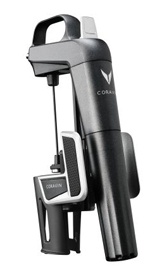 Coravin, the company formerly known as Wine Mosquito, has raised another $22 million in private equity funding. That brings the total equity sold to $40 million (plus another $3 million in debt). The lead investor of this round, closed on November 8, was not publicly disclosed. Neither were company revenues. Nor was the valuation.
Coravin, the company formerly known as Wine Mosquito, has raised another $22 million in private equity funding. That brings the total equity sold to $40 million (plus another $3 million in debt). The lead investor of this round, closed on November 8, was not publicly disclosed. Neither were company revenues. Nor was the valuation.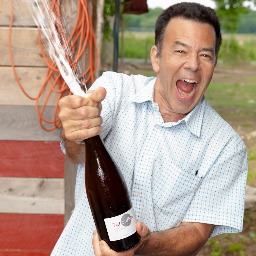 Daniel Johnnes may be the closest thing the American wine world has to Burgundy royalty. Yesterday he announced that he has joined Grand Cru Selections, an importer and wholesaler based in New York City, as a partner. It’s a big move, if somewhat “inside baseball.”
Daniel Johnnes may be the closest thing the American wine world has to Burgundy royalty. Yesterday he announced that he has joined Grand Cru Selections, an importer and wholesaler based in New York City, as a partner. It’s a big move, if somewhat “inside baseball.”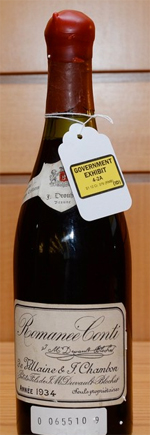 One of the things about the film that is apparent from the trailer (above in case you get this via email and the youtube clip doesn’t render) is that they have real clips of Kurniawan walking and talking as opposed to those courtroom drawings that made him look like an alien life form (but courtroom sketches don’t do anybody favors, just ask Tom Brady). At one point he even jokes “I refill and put the cork back”! Rothwell says much of this footage came from another documentary about wine collectors shot in 2002 but that didn’t see the light of day.
One of the things about the film that is apparent from the trailer (above in case you get this via email and the youtube clip doesn’t render) is that they have real clips of Kurniawan walking and talking as opposed to those courtroom drawings that made him look like an alien life form (but courtroom sketches don’t do anybody favors, just ask Tom Brady). At one point he even jokes “I refill and put the cork back”! Rothwell says much of this footage came from another documentary about wine collectors shot in 2002 but that didn’t see the light of day.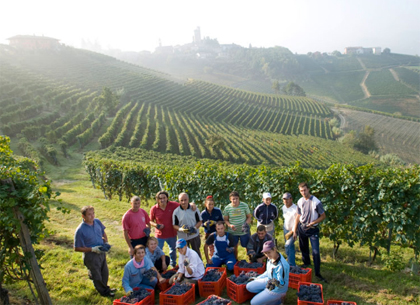
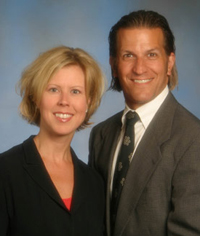

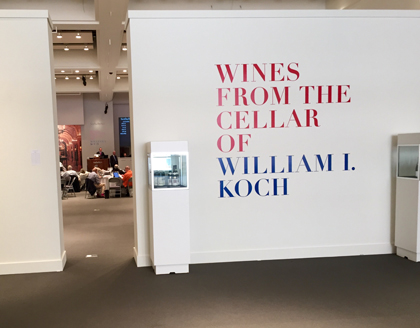 Billionaire and famed wine collector Bill Koch’s wine cellar is up for auction at Sotheby’s in a
Billionaire and famed wine collector Bill Koch’s wine cellar is up for auction at Sotheby’s in a 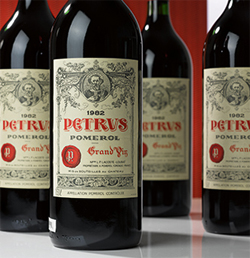
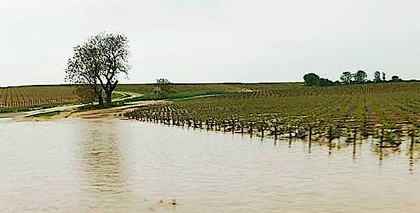
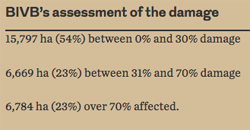 And then there is flooding and hail this week in Chablis, as seen in the photo above with more on Bill’s blog.
And then there is flooding and hail this week in Chablis, as seen in the photo above with more on Bill’s blog. 


